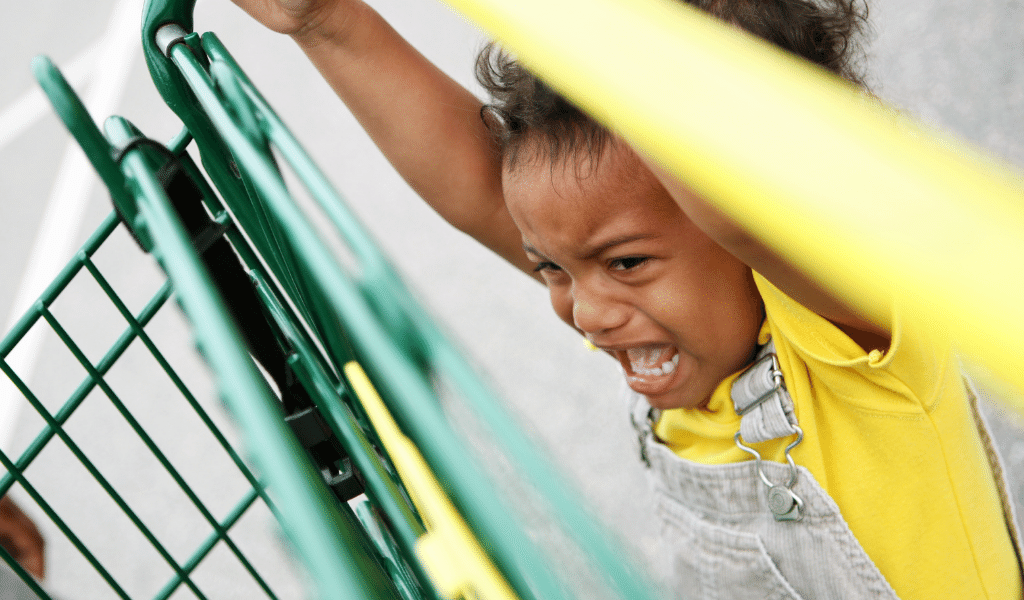We all have social, emotional and mental health needs (SEMH). We are all on a SEMH needs continuum, and we all need to have our SEMH needs met. When our SEMH needs are met, we can cope with life’s everyday challenges, we have friends, we feel loved, and we are able to connect with other people. This is the same with children.
Some of the children we work with have higher SEMH needs. Sometimes this is due to their early childhood experiences. They may have experienced adverse childhood experiences (ACE’s), or it may be due to a sudden change, e.g. a new baby arriving, a move, somebody close to them is in a hospital or a bereavement. At other times we don’t know: it’s not always clear why a child may be experiencing higher SEMH needs
There are a few ways in which we can recognise when a child has higher SEMH needs. Some of the things we may see in their behaviour could include:

As early years practitioners, our role is not to diagnose the children that we work with. However, it is our role to be curious, to ask questions and to gather information and signpost where appropriate. It’s very easy to see some of the behaviours I’ve described above within a deficit framework. When children display some challenging behaviours, sometimes we can become irritated and frustrated; often, the behaviour takes all our attention. We need to step back and ask the question “I wonder what the child is trying to tell me”. All behaviour is a way of the child communicating to us, and often the child is unable to use words to tell us that they are scared, frightened, overwhelmed, angry or distressed. Our role is to try and understand, wonder what has happened, and find out what they are finding difficult in that moment.
There are a few things we can do to support children who are finding everyday experiences difficult.
Firstly, the adults around the child must be regulated and calm.
We need to use an emotional vocabulary throughout our day. Recognising what’s going on for a child. Using the phrase “I wonder” is helpful for this, for example, “I wonder if you’re feeling really scared because you heard a loud noise, maybe that’s why you’re hiding, I’m here to help you”.

By using the “I wonder” phrase, we acknowledge the child’s feelings and emotions without placing a judgment on it. Emotions are neither negative nor positive; they just are. When we can name an emotion and recognise it in a child, it helps the child feel validated; it helps them feel heard and listened to. It also supports the child in helping them feel safe, to know they are with an adult they can trust and who can help them.
We may also need to help the child finds some calmness.
If the child has strong emotions inside them, they may need help to release these; sometimes we need to do some physical, sensory opportunities first. Some examples of these could be:
At other times we may need to use calming sensory activities to help the child find some calmness. Some calming activities we can use include:
Sometimes children need a safe space to be in and have some time away from everything else that is going on. This is not “time out” but “time in” with a trusted, calm and regulated adult in a calm and safe space. For example, you might use a pop-up tent, a large box or create a den under a table.
Sometimes children can find the environment triggering and difficult. This is where those safe spaces can be useful, particularly if there’s too much noise going on or too much stimulation, and they need some time in a cosy space that feels safe.
It is vital that the children with high SEM needs know they are with adults who love them and will keep them safe.


Sonia Mainstone-Cotton is an early years trainer and consultant, specialising in early years wellbeing. As a qualified mindfulness teacher and experienced nurture consultant, Sonia supports both children and adults with their emotional wellbeing. Her most recent publication for Routledge is “Supporting children with social, emotional and mental health needs in the early years”.